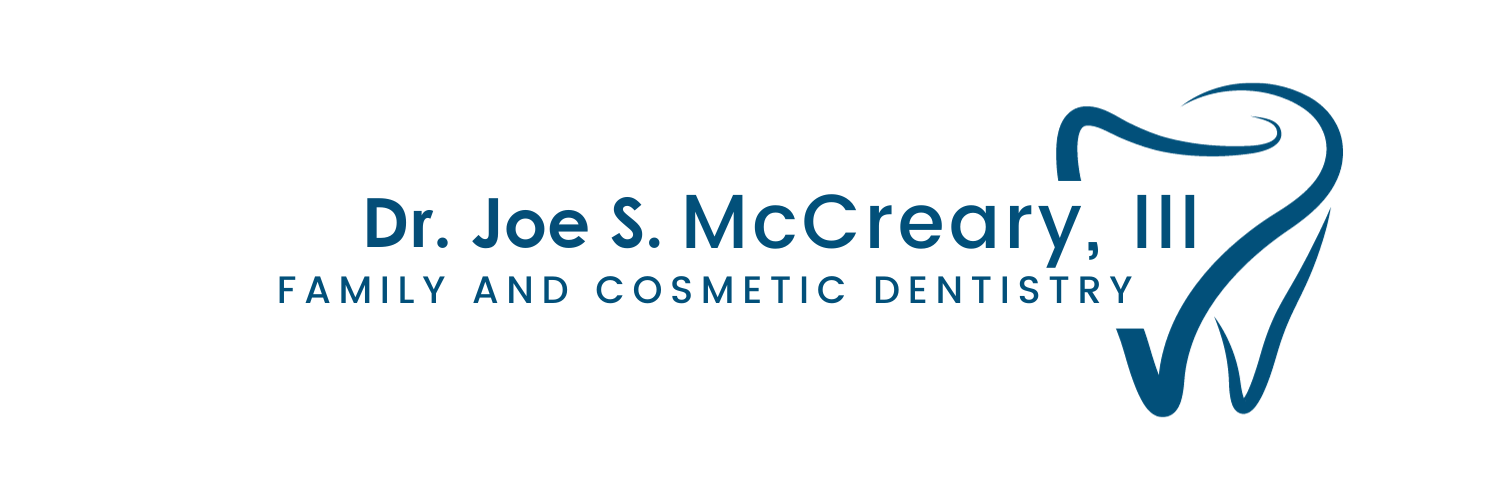Preventative Dental Services
Dental disease is almost entirely preventable and oral health is just as important as the health of the rest of your body. Untreated dental disease can lead to serious health problems such as infection, damage to bone or nerve, and tooth loss. Infection from tooth disease can even spread to other parts of the body and in rare cases, can lead to death. Preventive dentistry is the general term for dental care-related procedures or treatments that are meant to prevent oral health problems from rearing their ugly heads.
ORAL HYGIENE CARE
Maintaining good oral hygiene is one of the most important things you can do for your teeth and gums. Healthy teeth not only enable you to look and feel good, they make it possible to eat and speak properly. Good oral health is important to your overall well-being. Daily preventive care, including proper brushing and flossing, will help stop problems before they develop.
In between regular visits to the dentist, there are simple steps that each of us can take to greatly decrease the risk of developing tooth decay, gum disease and other dental problems. These include:
Brush thoroughly twice a day and floss daily
Eat a balanced diet and limit snacks between meals
Use dental products which contain fluoride, including toothpaste
Rinse with a fluoride mouth rinse if advised to do so
Make sure children under 12 drink fluoridated water or take a fluoride supplement if they live in a non-fluoridated area
Visit your dentist regularly for professional cleanings and oral exams
Replace your toothbrush every 3-4 months
The following are indications of good oral hygiene:
Your teeth are clean and free of debris
Gums are pink and do not hurt or bleed when you brush or floss
Bad breath is not a constant problem

DENTAL CLEANING
A dental cleaning is a professional cleaning you receive from a dentist or dental hygienist. Cleanings should be performed every six months to prevent excessive plaque buildup. Plaque left untreated can lead to unhealthy gums and tooth decay. A routine dental cleaning should include scaling, root planing and polishing.
Scaling
This is the process of removing plaque and tartar from all tooth surfaces in a variety of methods, depending on the amount of plaque and tartar.
Dental hygienists traditionally perform scaling by hand. However, new and advanced technology has lead to more modern methods such as electric scalers. This sophisticated tool allows dental cleanings to be performed more efficiently and in less time. To achieve best results, both electric and manual scaling methods are combined for dental cleanings.
Root Planing
This is the process of cleaning pockets in the gums to treat and prevent gum problems.
Root planing is used to treat moderate to advanced gum diseases. When the gum is inflamed, gum pockets become deeper and may lose connections to the bone inside. The deeper the pockets, the easier it is for plaque deposits to become trapped and worsen gum problems.
Root planing involves inserting a pointed dental tool called scalers into the gum pockets to clean plaque buildup. Depending on the degree of difficulty, root planing may take several appointments and a local anesthesia may be used to prevent pain.
Polishing
This is the last step in tooth cleaning and involves finishing the surface of the teeth to make them shiny and clean.
There are two kinds of polishing: air polishing and rubber tip polishing. Air polishing works by spraying high pressured water mixed with baking soda paste onto the surface of your teeth. This powered water washes away residue and plaque while baking soda removes stains. Rubber cup polishing uses a low-speed and gentle handpiece that contains a polishing paste made of abrasive ingredients ideal for removing stains.
HALITOSIS
Halitosis is sophisticated word for “bad breath”. Depending on the cause, bad breath may strike on occasion or be a persistent condition. The most common cause of bad breath is bacteria. Because the mouth is moist and warm, it creates perfect conditions for the millions of bacteria that live in the mouth. In fact, approximately 80% of bad breath is caused by something in the mouth.
Some types of bad breath, such as “morning mouth,” are considered fairly normal and are not usually health concerns. However, persistent bad breath may be a sign of more serious problems with the gums and teeth.
Bad breath may be caused by the following:
Poor dental hygiene – poor oral hygiene can leave food particles to decay in the mouth
Infections in the mouth such as periodontal (gum) disease
Respiratory-tract infections such as throat infections, sinus infections, lung infections
External agents including foods such as garlic, onions, and coffee, as well as cigarettes and chewing tobacco
Dry mouth caused by salivary gland problems or by breathing through the mouth
Systemic illnesses such as diabetes, liver disease, kidney disease, lung disease, sinus disease, reflux disease and others

Call our office promptly if you have bad breath with painful, swollen gums that bleed easily or loose teeth. We will perform a physical examination of your mouth to determine the cause. If we discover that systematic problems are the cause, we may refer you to your family physician. In severe cases of gum disease, we may recommend a specialized periodontist.

